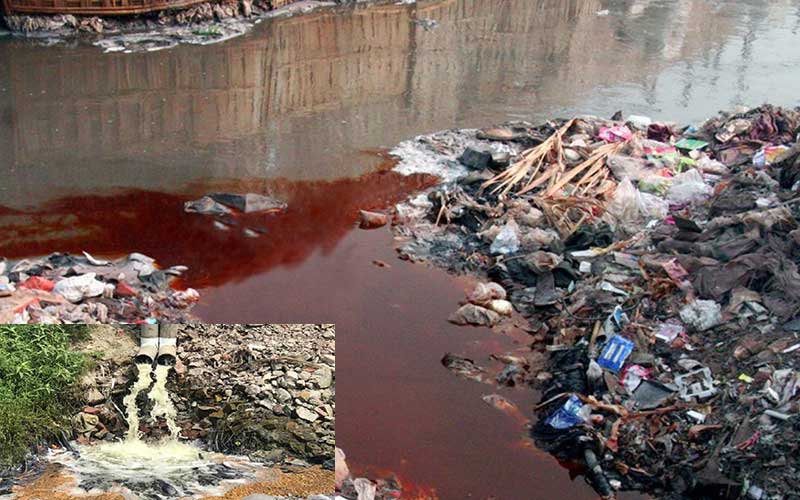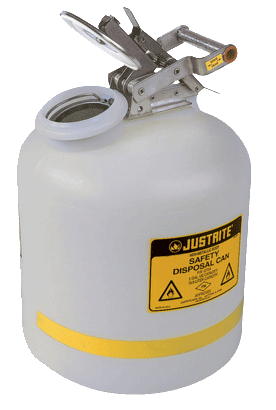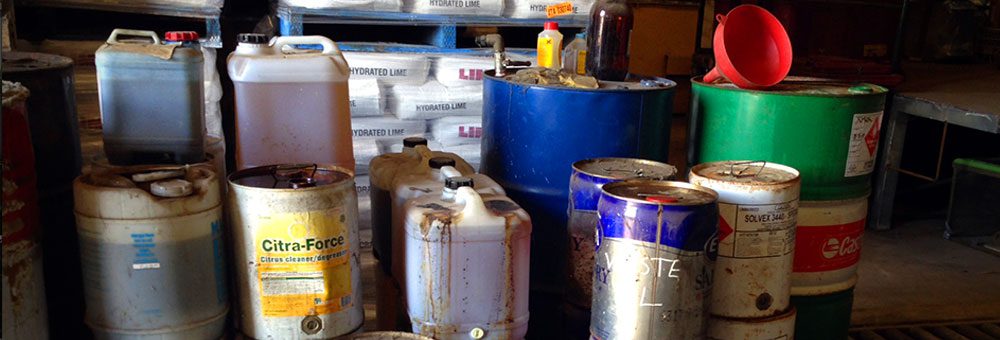Leading Liquid Waste Disposal Melbourne: Trusted Solutions for Appropriate Waste Management
Just How Fluid Waste Disposal Works: A Thorough Overview of Methods and Technologies Used

Introduction of Fluid Waste Kind
The intricacy of liquid waste kinds requires a thorough understanding of their qualities and implications for disposal. Liquid waste can generally be categorized right into numerous kinds, including industrial, community, farming, and contaminated materials. Each category displays unique residential or commercial properties, needing details management approaches to minimize ecological and health and wellness dangers.
Industrial liquid waste stems from producing procedures and commonly contains a variety of pollutants, such as hefty steels, solvents, and natural substances. Community liquid waste, mainly comprising wastewater from houses and commercial establishments, has raw material, nutrients, and pathogens (industrial wastewater treatment). Agricultural fluid waste, including overflow from ranches, may consist of fertilizers, pesticides, and pet waste, positioning dangers to water top quality and environments
Hazardous fluid waste is identified by its poisoning, reactivity, or prospective to create harm. Comprehending these diverse liquid waste types is important for developing efficient disposal techniques and making certain compliance with ecological policies.
Physical Treatment Approaches

Testing is the initial action, where larger particles and debris are gotten rid of from the liquid waste making use of screens or grates. This process secures downstream equipment from damages and makes sure smoother operation. Following testing, sedimentation uses gravitational force to different solids from liquids. In sedimentation tanks, much heavier particles settle at the bottom, forming a sludge layer, while the made clear fluid can be further dealt with.
Purification is an additional crucial technique that involves passing the fluid via permeable materials, such as sand or membranes, to catch smaller sized fragments. This action enhances the top quality of the fluid, making it suitable for succeeding therapy processes.

Chemical Therapy Methods
Chemical therapy techniques are necessary for effectively taking care of liquid waste, particularly in addressing dissolved and colloidal impurities that physical approaches may not appropriately remove. These techniques utilize different chemical agents to counteract, speed up, or change unsafe compounds right into much less harmful types.
One usual approach is coagulation and flocculation, where chemicals such as alum or ferric chloride are added to promote the gathering of suspended particles. This procedure enhances sedimentation, permitting easier removal of the resulting sludge. In addition, oxidation processes, employing representatives like chlorine or ozone, are used to damage down intricate organic substances and virus, rendering the waste more secure for discharge or further therapy.
Neutralization is an additional important technique, which adjusts the pH of acidic or alkaline waste streams to neutral levels, preventing possible damage to downstream systems and the atmosphere. In addition, advanced oxidation procedures (AOPs) use combinations of oxidants and ultraviolet light to degrade persistent contaminants, article achieving a greater level of therapy efficiency.
Organic Therapy Processes
Organic therapy procedures play a vital duty in the administration of liquid waste by making use of bacteria to decompose organic issue and lower contaminant levels. These procedures can be broadly categorized into aerobic and anaerobic therapies, each employing details microbial communities to attain reliable waste destruction.
Cardiovascular therapy entails making use of oxygen to help with the breakdown of organic products by bacteria. This process is generally implemented in turned on sludge systems, where aeration storage tanks offer a favorable environment for microbial development, resulting in the oxidation of organic toxins. The resultant biomass can be separated from treated effluent via sedimentation.
In contrast, anaerobic treatment happens in the lack of oxygen, depending on various microorganisms to break down raw material. This method is particularly helpful for high-strength waste, as it generates biogas, a renewable power source, while reducing sludge production. Technologies such as anaerobic digesters are frequently employed in commercial and municipal applications.
Both anaerobic and cardio organic treatments not just decrease the environmental influence of fluid waste however also assist in resource recovery, making them necessary parts of lasting waste management approaches. Their performance, flexibility, and effectiveness sustain their prevalent implementation across various sectors.
Arising Technologies in Disposal
Ingenious methods to liquid garbage disposal are swiftly progressing, driven by developments in technology and a raising focus on sustainability. Amongst these arising innovations, membrane bioreactors (MBRs) have gained traction for their ability to integrate organic treatment with membrane filtration, resulting in top quality effluent that can be recycled in different applications. MBRs enable smaller footprints and extra reliable procedures contrasted to conventional systems.
One more promising Read More Here advancement is the use of anaerobic food digestion combined with nutrient recuperation innovations, which not only deals with liquid waste however likewise produces biogas and recoups beneficial nutrients like nitrogen and phosphorus. This double advantage improves resource effectiveness and lowers ecological effect.
Additionally, progressed oxidation processes (AOPs) are being embraced for the destruction of complex organic toxins. These methods use effective oxidants and drivers to break down pollutants at the molecular level, providing a very efficient service for difficult waste streams.
In addition, the combination of expert system and artificial intelligence in waste management systems is maximizing functional efficiency and anticipating upkeep, causing decreased costs and improved ecological conformity. These innovations mirror a substantial change towards even more lasting and effective liquid garbage disposal practices.
Verdict
To conclude, effective liquid garbage disposal demands a thorough understanding of numerous strategies and modern technologies. The combination of physical, chemical, and organic treatment methods makes sure the reliable management of diverse waste types. In addition, the emergence of innovative technologies improves treatment effectiveness and promotes sustainability in waste management practices. By continually advancing these methodologies, it becomes possible to attend to the expanding challenges connected with fluid waste, ultimately contributing to environmental management and source recuperation.
Fluid waste disposal is an essential facet of environmental administration, requiring a comprehensive understanding of different techniques and innovations tailored to different waste types. Liquid waste can generally be categorized into a number of types, including industrial, local, agricultural, and hazardous waste. Agricultural fluid waste, consisting of drainage from farms, might have plant foods, chemicals, and animal waste, posing risks to water high quality and ecological communities.
Different physical therapy techniques play an important duty in handling fluid waste successfully - industrial wastewater treatment.In article source verdict, effective liquid waste disposal demands a detailed understanding of different methods and innovations